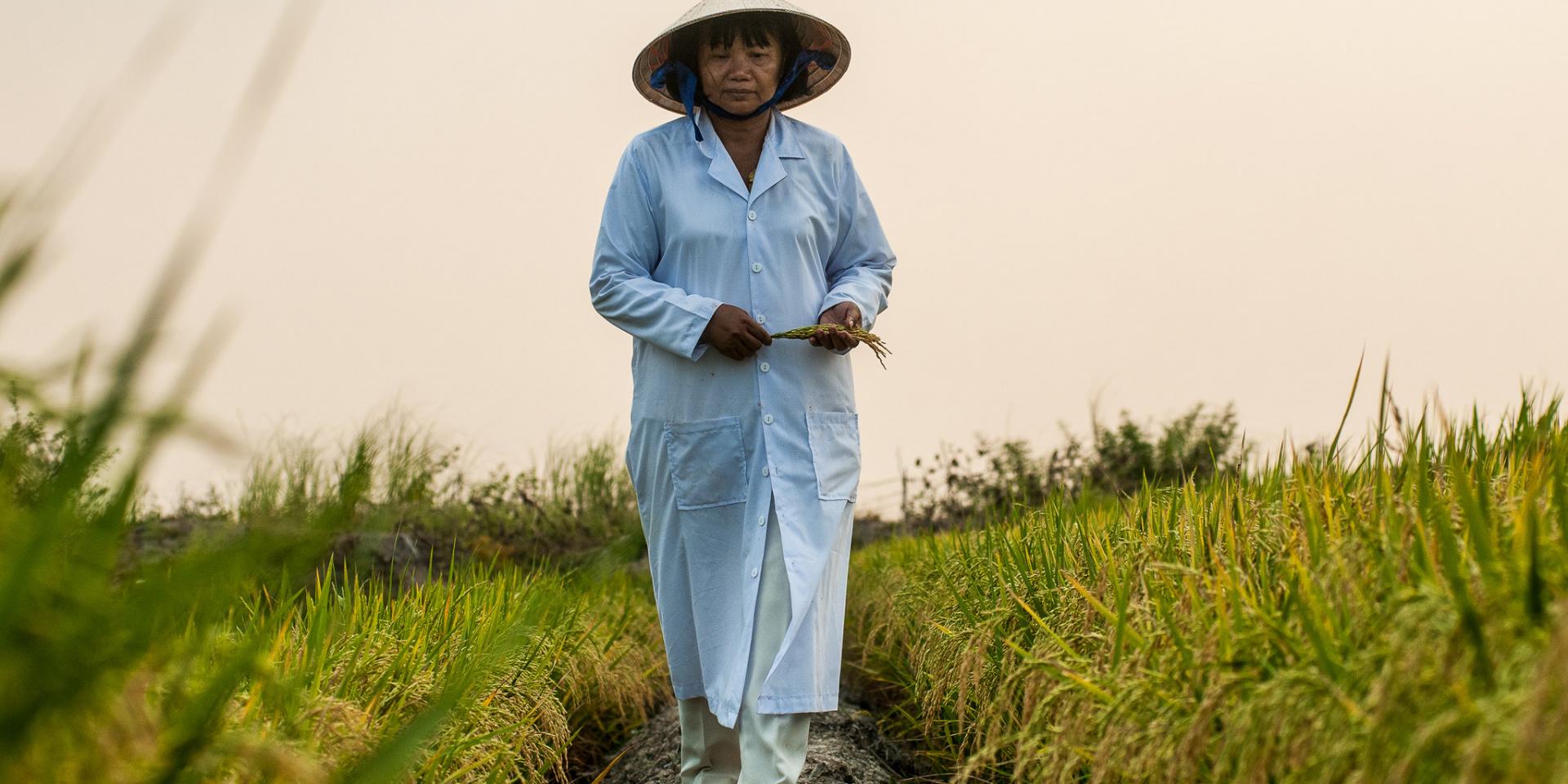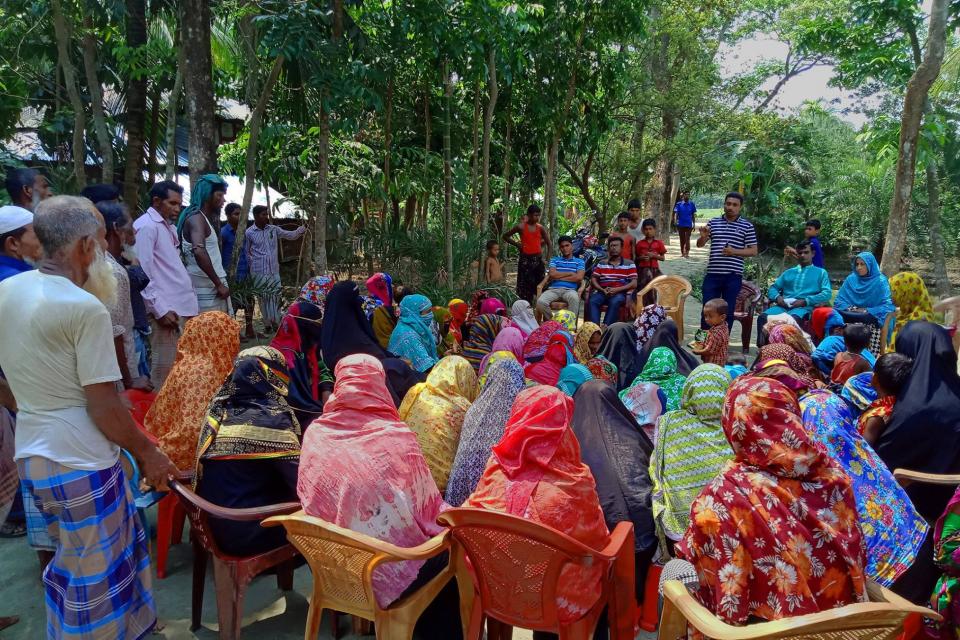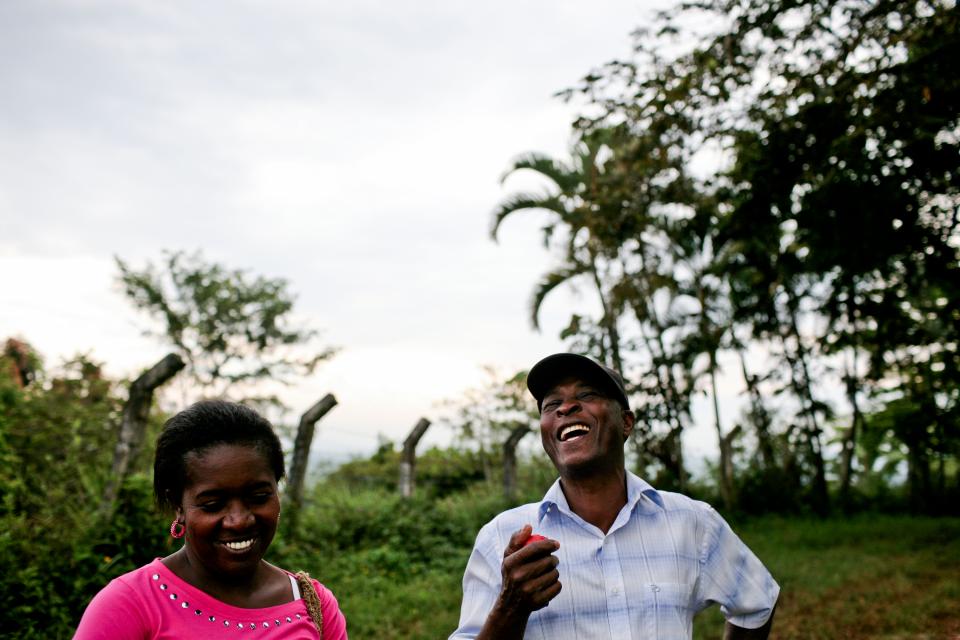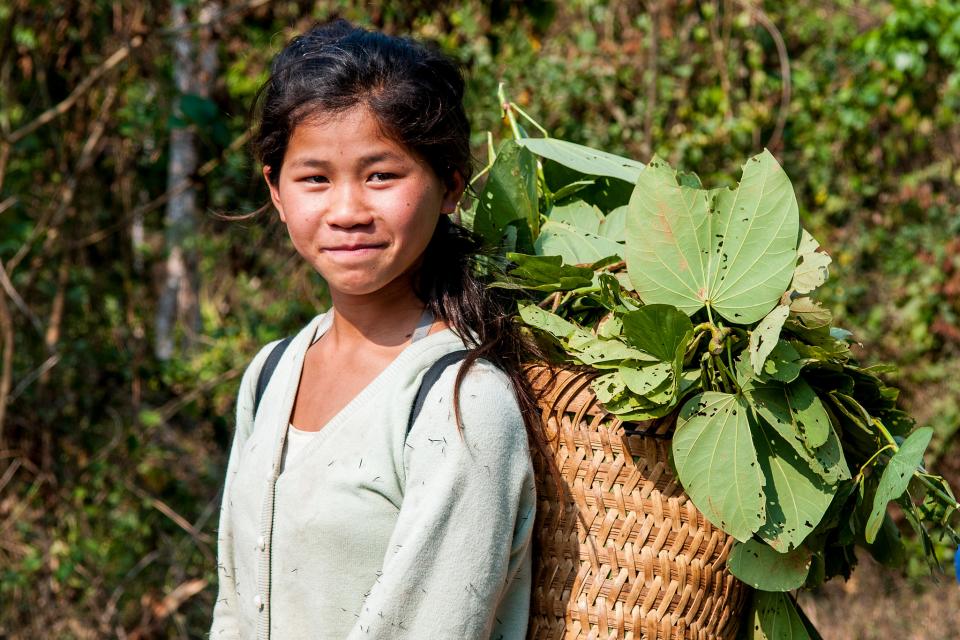Developing participatory agro-climate advisories
 Photo: Georgina Smith/CIAT.
Photo: Georgina Smith/CIAT.
This method outlines how farmers can use co-produced forecasts and climate-smart agricultural advice to better adapt to climate change.
Why is the method important?
Southeast Asian farmers face numerous climate change issues that negatively impact their livelihoods and impede their ability to adapt to new climate patterns. They are also expected to implement farming practices that help mitigate climate change. However, farmers need better information to do so.
Who is the method for?
This method would be of interest to people designing, improving or implementing projects that aim to get farmers/their representatives better information from forecasters or agricultural suppliers; or projects that adapt national adaptation strategies for local land-use plans.
Country of focus: Vietnam
How can I use the method?
This method examines how farmers can get better tailored seasonal weather forecasts and co-develop climate-smart agricultural advice, in the form of participatory advisories that incorporate farmers’ knowledge and feedback.
The study site was a CCAFS ‘climate-smart village’ in north-central My Loi Village. The village mostly does integrated cropping and agroforestry.
The project’s process follows a chronological cycle from developing forecasts and advisories to farmers’ learning and feedback. Researchers discuss:
- The benefits of two-way communication of farmers with meteorologists for forecasts and advisories
- The value of indigenous information, how it can be used and its limitations
- The need for developing capacity in training and farmers’ needs
- The ways climate-smart advisories can be improved
When and how was it developed?
The method outlined in the chapter was developed by researchers from World Agroforestry (ICRAF Viet Nam) and the Ha Tinh Farmers’ Association Viet Nam. The study was implemented as part of a CCAFS and CARE Viet Nam project. It relied on logbooks and notes from three participatory scenario planning meetings, the development of advisories, and in-depth interviews conducted between 2016 and 2018.
Where can I get the method? Who can I contact?
You can get the method from ICRAF – see Chapter 7.
Contact an author: Elisabeth Simelton from ICRAF.
Publications

Developing Participatory Agro-Climate Advisories for Integrated and Agroforestry Systems
Simelton, E., Le, T., Coulier, M., Duong, M., & Le, D. (2018). Developing Participatory Agro-Climate Advisories for Integrated and Agroforestry Systems. In R. Mulia & E. Simelton (Eds.), Towards Low-Emissions Landscapes in Viet Nam (pp. 129–144). ICRAF.
Towards low-emissions landscapes in Viet Nam
Mulia R, Simelton E, eds. 2018. Towards low-emissions landscapes in Viet Nam. Bogor, Indonesia: World Agroforestry (ICRAF) Viet Nam, World Agroforestry (ICRAF) Southeast Asia Regional Program.


